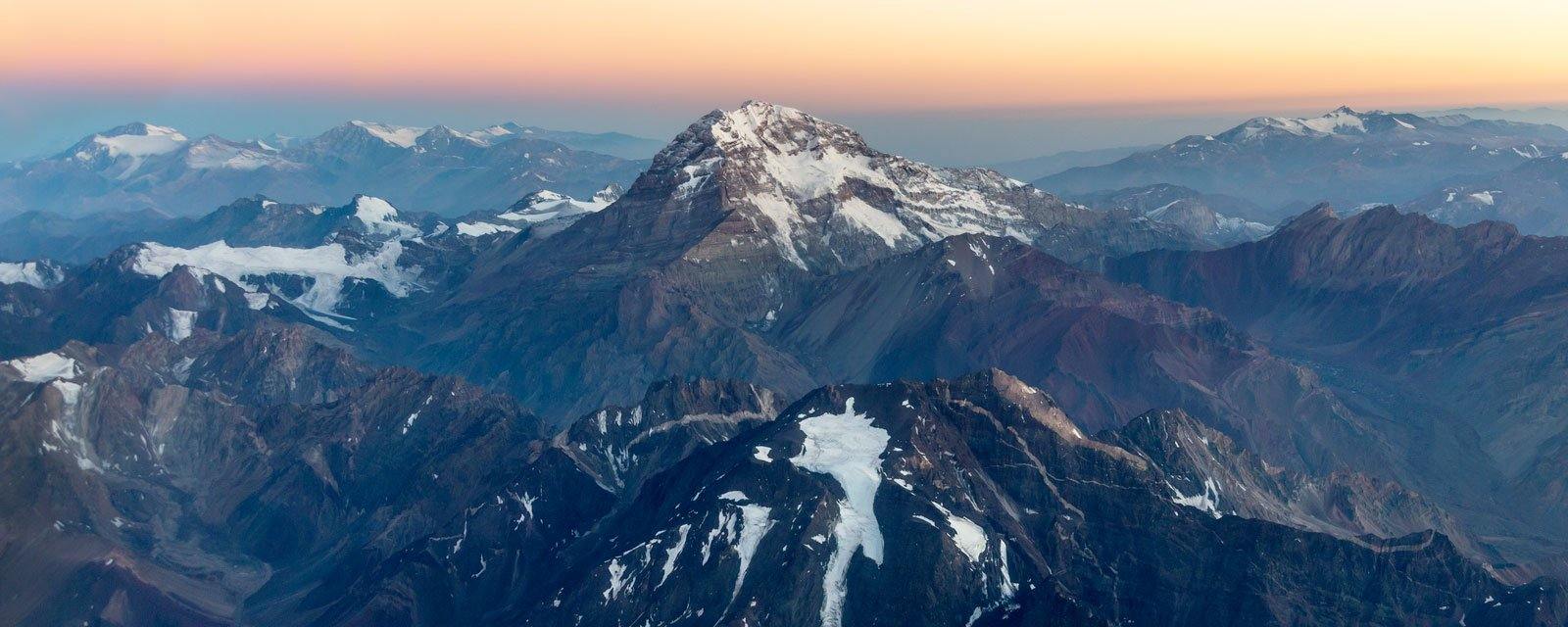
Recommendations

Your local bike and backcountry experts. Ski touring, splitboarding, telemark skiing, and everything from road to mountain bikes; we have the gear for all your backcountry adventures!
Sign up for exclusive offers, original stories, events and more.
